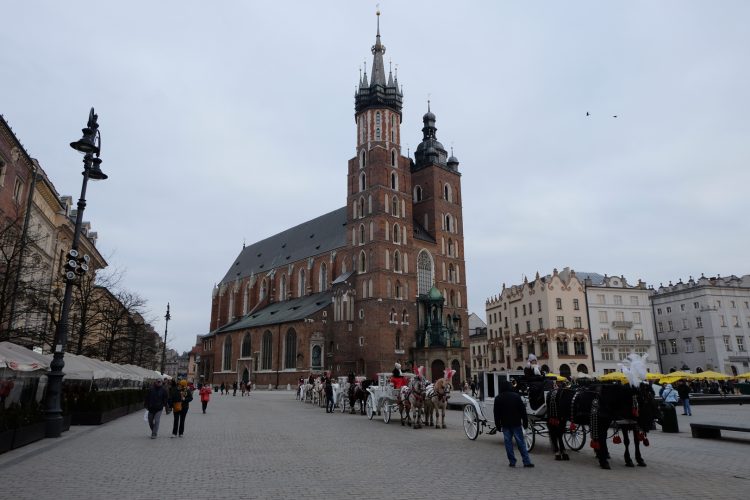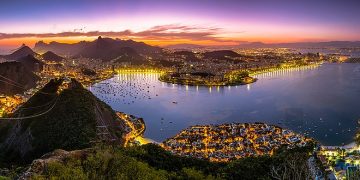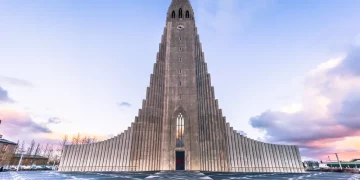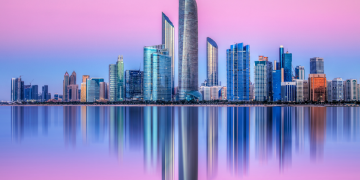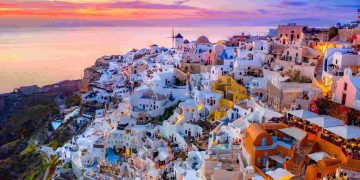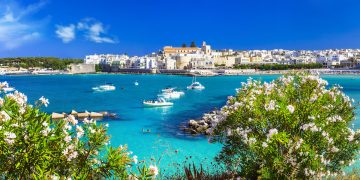A Tapestry of History
Nestled in the embrace of the Vistula River stands the grand St. Mary’s Basilica, its uneven twin towers strikingly visible against the sky. Kraków, the historic birthplace of the Polish nation, once reigned as the capital of Poland, inscribing a remarkable chapter in the nation’s storied development. It remains a source of pride for Poles, with its ancient buildings and Renaissance artworks serving as silent witnesses to the passage of a millennium. Entering this enchanting and enigmatic city is like embarking on a quest for the imprints of time.
The Lucky City
Kraków’s origins trace back to approximately 700 AD, when the Wisła people, a tribe of the West Slavs, established a defensive fortress along the Vistula Riverbank. This river, known as the “Mother River” of Poland, flows north from the Beskidy Mountains, weaving through the nation and concluding its journey in the Baltic Sea. The Vistula has been a lifeline for nations, castles, and cities alike, witnessing Kraków’s rise through the ages.
Between the 4th and 6th centuries, the ancient Slavic tribes began significant migrations, leading to the formation of Eastern, Western, and Southern Slavic branches. The Wisła tribe is regarded as one of the ancestral roots of the Polish people, having settled near Wawel Hill, a strategically defensible location where they built their stronghold.
In the early 9th century, the Wisła were conquered by Svatopluk I of Great Moravia. By the late 10th century, Mieszko I of the Piast dynasty unified the small Polish duchy that included the Wisła, marking the establishment of Poland’s first feudal monarchy. For nearly five centuries, the lands of the Wisła remained under the watch of the Piast dynasty, transforming from a solitary castle to a vibrant episcopal city adorned with artistic heritage. Historical records of the early Wisła are sparse, with a notable mention in the Old English poem “Widsith,” in which the poet recounts traveling to the lands of the Wisła people—a testament to their existence.
In 1320, Władysław I, affectionately known as “the Elbow-High,” was crowned, officially designating Kraków as the true capital of Poland. Here, generations of Polish kings laid the foundation for grand legacies until Sigismund III moved the capital to Warsaw in 1596. Remarkably, during both World Wars, Kraków sidestepped the ravages of conflict, preserving the medieval charm of its Old Town.
The Royal Route
Passing through the St. Florian’s Gate leads into the Old Town of Kraków, recognized as a UNESCO World Heritage site in 1978. The streets are lined with venerable architecture, where vintage horse-drawn carriages glide by, their soft clatter echoing the city’s past.
At the heart of the Old Town lies the Main Market Square, bordered by the Cloth Hall, St. Mary’s Church, the Old Town Hall Tower, St. Wojciech’s Church, and the Church of St. Peter and St. Paul—each representing classic architectural styles from Romanesque to Gothic, Renaissance, and Baroque. Wandering through this hub feels akin to traversing a vast museum of architectural art. The centerpiece of the square is the Cloth Hall, originally built in 1358 and meticulously restored after a fire in the 16th century. This hall once served as a bustling marketplace for merchants in Kraków.
In the 18th century, the territories of Poland were partitioned among Russia, Prussia, and Austria, leading to the destruction of some historical edifices, including the Town Hall, completed in the 13th century. By 1820, the main structure of the Town Hall was demolished to expand the square, leaving only a tower as a wistful remnant of its former glory. The tower’s basement once housed the medieval prison, while its upper levels offer breathtaking views of the city.
The adjacent St. Mary’s Church, established in the 13th century, showcases a magnificent Gothic design, highlighted by its two distinct towers. Legend has it that in 1241, as Mongol forces threatened Kraków, a trumpeter atop the church sounded the alarm. Tragically, he was struck in the throat by an arrow mid-note, and to honor his sacrifice, the trumpet call now stops abruptly at every hour, forever enshrining this tradition in the city’s narrative.
The Royal Route of Kraków, a processional path for the coronation ceremonies of Polish kings, commences at the Church of St. Florian, ascending through the medieval outer walls, St. Florian’s Gate, Floriańska Street, the Main Market Square, and St. Mary’s Church, ultimately reaching the Royal Castle and Cathedral on Wawel Hill.
A Sacred Polish Site
Wawel Hill is regarded as the cradle of Kraków. Towering over the left bank of the Vistula, Wawel Castle, initially constructed in the Gothic style under King Casimir III, later underwent modifications into the Renaissance style over the centuries, continuously expanding under the care of successive monarchs. The castle evolved from a royal residence and fortification to a complex incorporating a cathedral, tombs, and even an arsenal, forming Poland’s largest collection of ancient architecture.
The castle’s formidable exterior and sturdy walls shelter a national hall, royal apartments, an armory, the Wawel Palace, and the eastern art gallery. The opulent palace displays artifacts and significant artworks collected through generations, narrating Kraków’s transformation over a millennium while exemplifying the lavish lifestyles of its royal occupants.
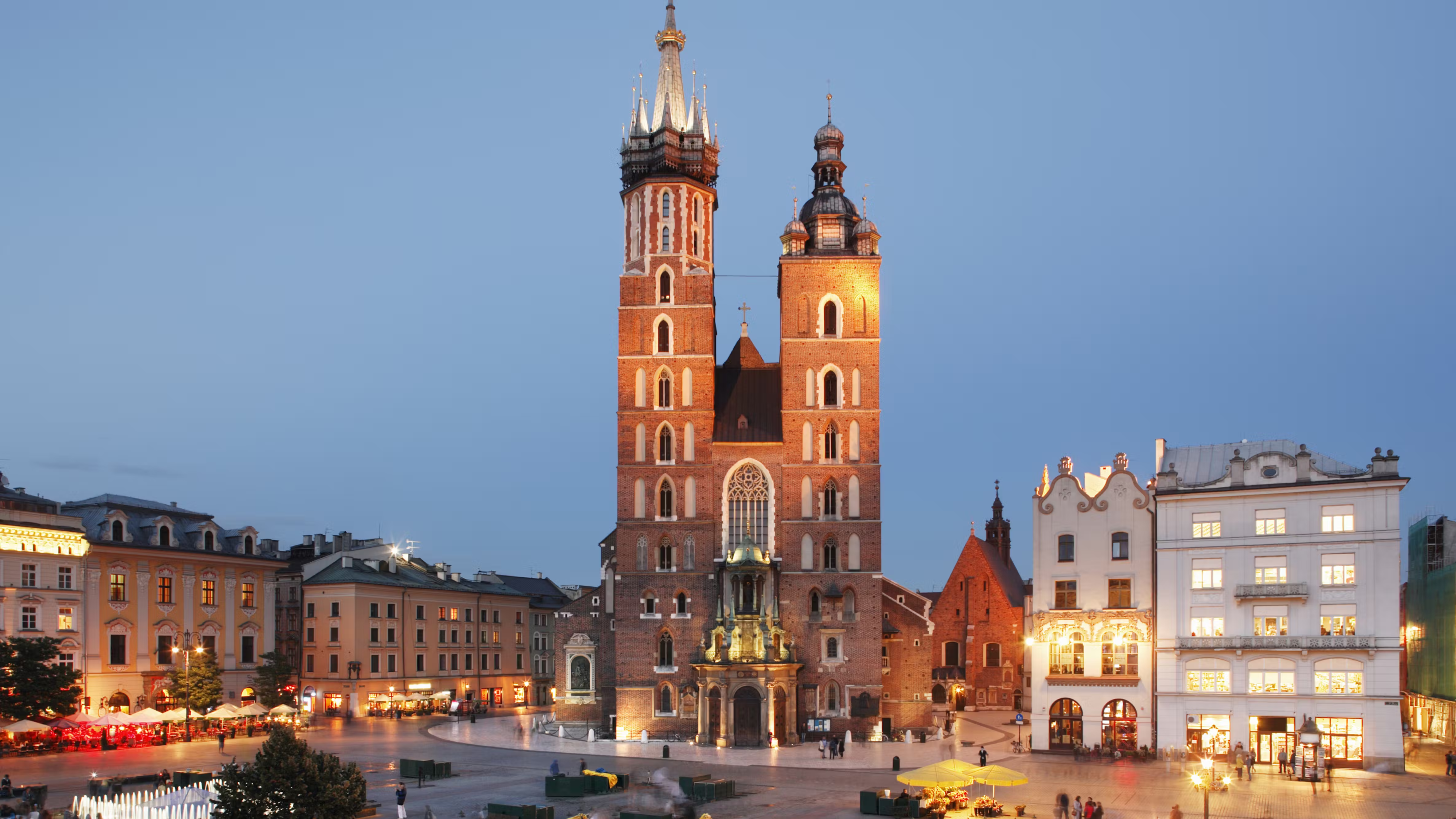
Adjacent to the castle lies Wawel Cathedral, a hallowed site for the Polish heart, where countless kings and queens have been crowned. The cathedral encompasses several chapels, each exhibiting unique styles, and houses the Sigismund Bell, weighing an impressive eight tons—visitors are welcome to touch its monumental surface. The artistic brilliance of the numerous chapels embodies the inspiration of master craftsmen, culminating in a cathedral of unparalleled beauty.
Wawel Hill is also shrouded in myth. According to legend, the Wisła leader Krak established the city of Kraków atop the hill. A fearsome dragon lurking in a cave beneath the hill would prey upon the townsfolk, prompting Krak to rally noble warriors to slay the beast. Ultimately, a clever shoemaker devised a plan to vanquish the dragon, earning the admiration of all. Today, a statue of the dragon resides beside Wawel Castle, periodically breathing fire, captivating the imagination of visitors.
With its ancient buildings and cobblestone streets, Kraków’s Old Town transports one to a bygone era of Europe. Along the Royal Route, one can feel the pulse of history, while ascending Wawel Hill offers a panoramic view of the town below. Additionally, Kraków is home to several prestigious universities that attract ambitious youth, imbuing this serene city with vibrant energy and youthful spirit.


